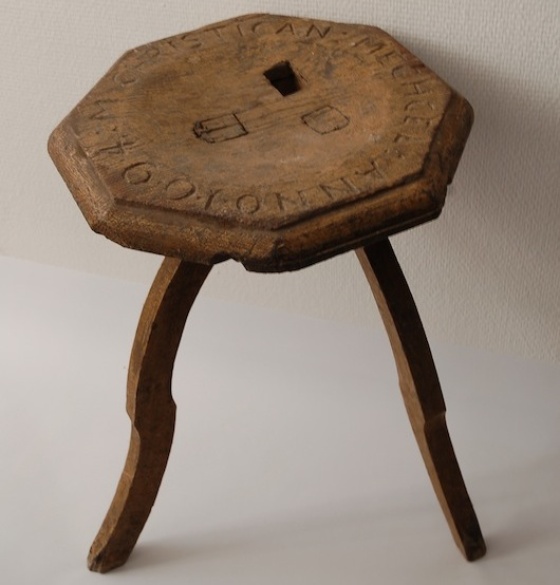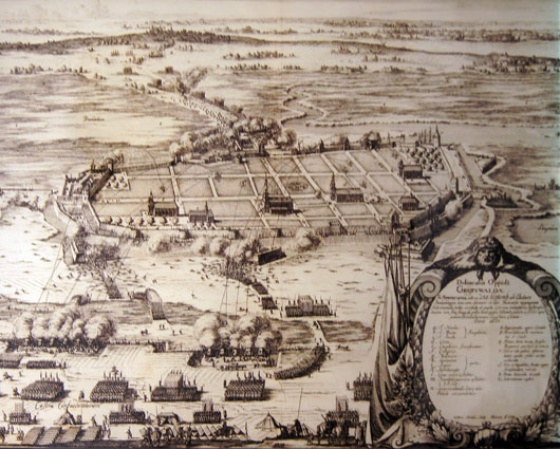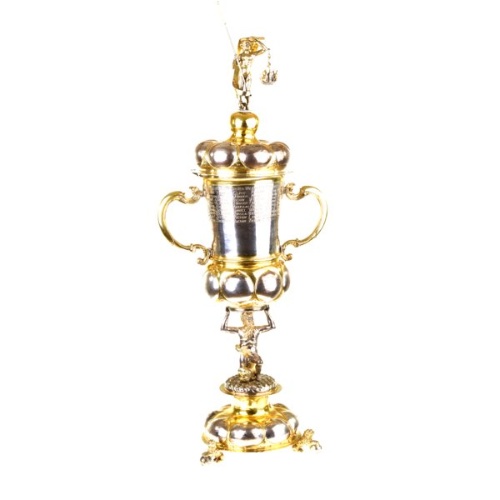The new borders between Sweden and Brandenburg, drawn up after the Peace of Westphalia in 1648, separate families and put an end to cultural and religious contacts. In contrast, the aristocratic families in Sweden and Pomerania establish closer ties.
Companies belonging to the standing Swedish army occupy billets in town houses in Anklam, Damm, Demmin, Greifwald, Wolgast and Wollin.
The land does not come to rest. Armed conflicts flare up with all neighbouring regions, bringing disproportionate suffering to the population.
The laying on of hands or “blowing” were popular “healing methods.” Specific rituals during a full moon and creeping through knotholes aimed to assist recovery. “Krupeichen” (type of oak tree) were well known for this purpose. Livestock was also handled in this way. Barbers and surgeons healed through bleeding and cupping. The water in the Kenzer well near Barth is analysed in 1690 and found to be salubrious. A well house is built. The modern healing methods used by educated physicians only became established slowly.


